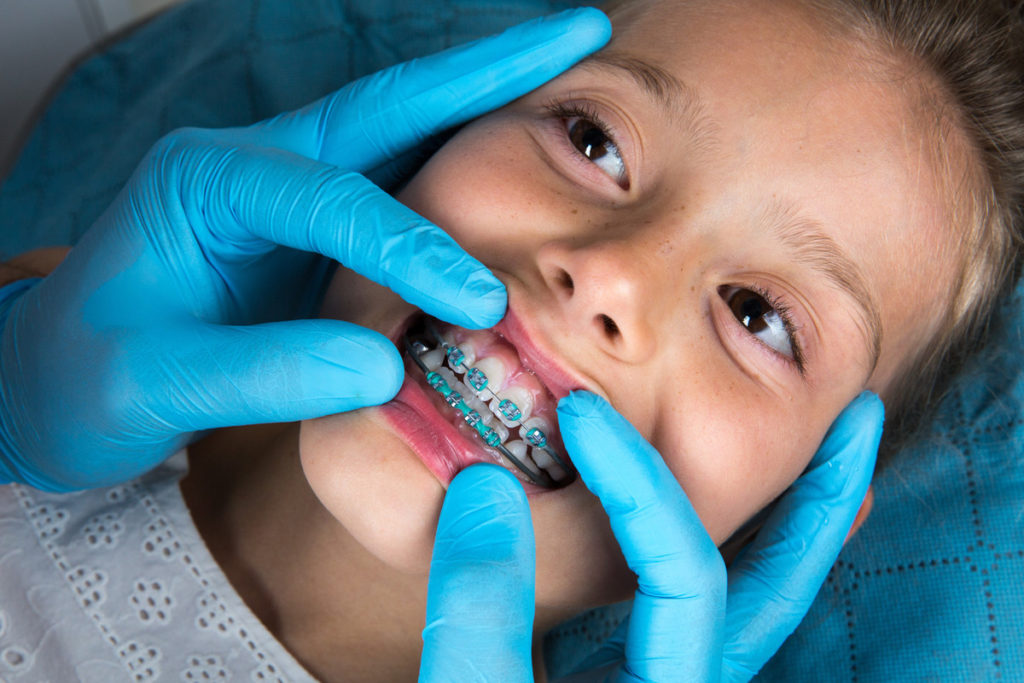All About All Star Family Orthodontics
Table of ContentsThe Definitive Guide to All Star Family OrthodonticsExamine This Report about All Star Family OrthodonticsA Biased View of All Star Family OrthodonticsAll Star Family Orthodontics Fundamentals ExplainedSome Known Incorrect Statements About All Star Family Orthodontics

At Advanced Orthodontics, we provide clients with a alternative treatment experience. In enhancement, we provide adjustable therapy schedules, versatile payment choices and an enjoyable, satisfying experience - invisalign. Call ( 480) 357-4900 today to learn more and schedule a visit.
An orthodontist is a dental practitioner educated to diagnose, stop, and treat teeth and jaw abnormalities. Orthodontists function with individuals of all ages, from kids to adults.
Malocclusion, or misaligned teeth, can cause oral problems, consisting of dental cavity, periodontal disease, and tough or agonizing eating. Not everyone is birthed with straight teeth. If you have a poor bite or large spaces in between your teeth, you might intend to speak with a dental professional concentrating on orthodontic care.
The Only Guide for All Star Family Orthodontics
(Photo Credit Report: DigitalVision/Getty Images) Orthodontists make use of repaired and detachable dental devices, like dental braces, retainers, and bands, to change the placement of teeth in your mouth. Orthodontic treatment is for dental abnormalities, consisting of: Crooked teethBite issues, like an overbite or an underbiteCrowded teeth or teeth that are as well much apartJaw misalignmentThe goal of orthodontic treatment is to boost your bite.
While you may believe of orthodontists as primarily for youngsters or teens that require dental braces, they can correct oral issues at any type of age. Orthodontists attend university, oral institution, and orthodontic school.
, however not all dental practitioners are orthodontists. They focus on two areas: How to properly and safely relocate teeth How to correctly assist advancement in the teeth, jaw, and faceOnce an orthodontist has finished training, they have the choice to end up being board accredited.
3 Simple Techniques For All Star Family Orthodontics
Misalignment, or malocclusion, is the most usual reason people see an orthodontist. It is genetic and is the outcome of dimension distinctions in between the top and lower jaw or between the jaw and teeth. Malocclusion causes tooth congestion, an askew jaw, or uneven bite patterns. Malocclusion is typically treated with: Your orthodontist connects metal, ceramic, or plastic square bonds to your teeth.
If you have only small malocclusion, you might have the ability to use clear braces, called aligners, rather of conventional braces. Some individuals require a headwear to aid move teeth right into line with pressure from outside the mouth. After braces or aligners, you'll need to use a retainer. A retainer is a custom-made tool that keeps your teeth in area.

You might need to see an orthodontist if you have: Crowding or not enough room for all of your teethOverbite, when your top teeth come your base teethUnderbite, when your base teeth are as well much forwardSpacing or issues with gapsCrossbite, which is when your top teeth fit behind your base teeth when your mouth is closedOpen bite or an upright space between your front bottom and top teethMisplaced midline, when the center of your base and top teeth don't align Dealing with an oral malocclusion can: Make attacking, eating, and talking easierImprove the balance of our face and your overall appearanceEase pain from temporomandibular joint problemsDifferent your teeth and make them simpler to clean, aiding prevent dental cavity or dental caries It's frequently a dental professional that first notices misaligned teeth during a routine exam.
Unknown Facts About All Star Family Orthodontics
During your very first orthodontic appointment, you'll likely have: An oral examPhotos taken of your face and smileDental X-raysPanoramic (360 level) X-rays of your face and headImpressions to create molds of your teethThese examinations will certainly aid your orthodontist understand exactly how to wage your therapy. An orthodontist is a dental professional who's had training to treat your teeth and jaw.
Orthodontists are dental practitioners yet not all dental experts are orthodontists. Orthodontists are concentrated on your bite, or the means your teeth fit with each other, and the straightness of your teeth.

By diligently assessing these elements, the orthodontist can identify any type of imbalances, crowding, spacing problems, or jaw inconsistencies. When a clear image is established, the orthodontist will certainly discuss customized treatment choices.
A Biased View of All Star Family Orthodontics
While dental braces are the most commonly recognized orthodontic therapy, orthodontists have a varied toolkit at their disposal. The details strategy selected depends on the severity of the situation, the client's age, and private preferences. These tried-and-true dental braces hop over to these guys make use of a system of braces bonded to the teeth and attached by wires.
Clear aligners, like Invisalign, are a popular option for individuals looking for a much more discreet treatment alternative. These detachable trays are customized to progressively shift the teeth's placement. Headwear may be made use of together with braces or aligners to use extra targeted pressures, particularly for dealing with jaw discrepancies. In cases of slim jaws, palatal expanders can be made use of to create room for correct tooth positioning.